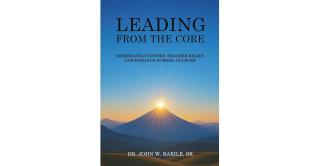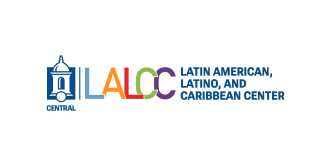Back to Courses
WL 300: Being young in Spain offers an in-depth exploration of the young people of Spain. We examine the cultural, social, and political developments that shaped the nation from the late 20th century to the present. Focusing on Spain’s popular productions from 1970s La Movida to current issues that affect Spanish people under their thirties, the course delves into key themes of gender roles, immigration, LGBTQ+ movements, and sociopolitical changes that affect Spanish youth.
The course also examines the influence of Spanish art, literature, film, and music on global culture and their role in reflecting societal changes. Through readings, films, music, and class discussions, students engage with Spain’s rich cultural output and the complexities of its national identity. By the end of the course, students have a comprehensive understanding of contemporary Spain, its cultural diversity, and its sociopolitical landscape.
In Madrid, students explore locations where works of literature, film, music, and visual art of Spain’s plurality of voices and perspectives of youth culture have been and are being created.
The Spanish Civil War was a watershed moment in the 20th century, not just for Spain but for the world. The conflict exposed ideological divisions across Europe and beyond. This course— part literature, part history, part film study, and an exploration of visual arts—looks at the way various writers and artists documented the civil war and tried to come to terms with the upheaval that resulted from it. It was perhaps the first major conflict between what we now too comfortably label the “left” and the “right,” although those terms drastically oversimplify the fissures of 1930s Spain (as well as political divisions in Asia, Europe, and the Americas). This was also a time of profound change in the world of literature and the arts.
What do Picasso and Hemingway have in common? Camus, Miró, and Neruda? These artists and writers (among many others) were deeply impacted by the Spanish civil war, and their artistic and literary practices vary significantly. We examine works by these artists and look closely at films including Erice’s The Spirit of the Beehive and del Toro’s Pan’s Labyrinth.
Courses
- WL 300-World Language Cultural Study, 3 credits (Prerequisite: Permission of Instructor) - International Requirement
- ENG 217-Study Abroad Topics, 3 credits (Prerequisite: WRT 105, WRT 110 or equivalent) - Arts and Humanities, International Requirement, Literature Requirement
Program Directors
Prof. Noemi Martin Santo
World Language
noemimartinsanto@ccsu.edu
Prof. Burlin Barr
English
860.832.2780
barrbur@ccsu.edu




